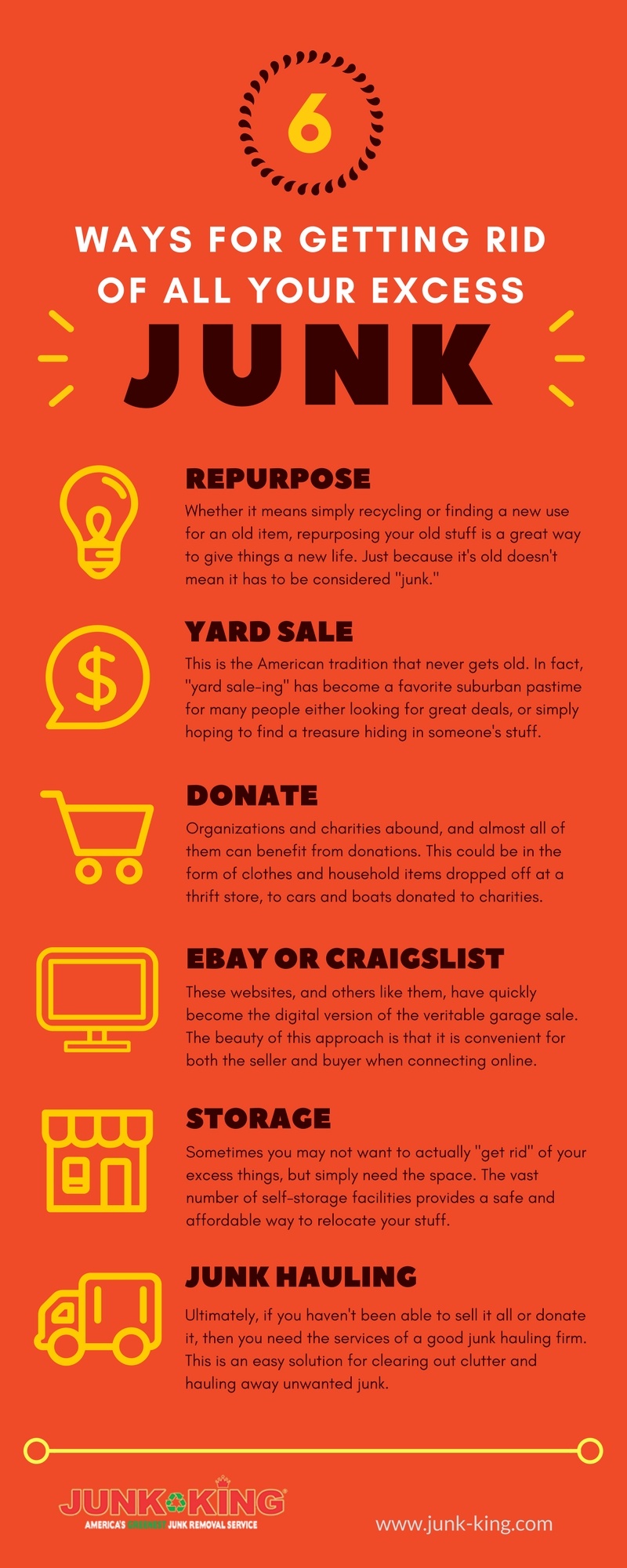Finding The Right Dumpster Size For Your Job: An Extensive Overview
Finding The Right Dumpster Size For Your Job: An Extensive Overview
Blog Article
Content Created By-Hahn Davies
When starting a task that needs a dumpster, the size you pick can greatly impact its performance and cost-effectiveness. Visualize having the best container that fits all your waste without being exceedingly large or too tiny. All of it starts with recognizing the subtleties of your project and picking a dumpster dimension that aligns with your details demands. So, before you decide, consider the aspects at play to ensure a smooth waste management process from beginning to end.
Aspects to Consider
When picking the right dumpster size, there are several vital elements to think about.
Initially, consider the kind of waste you'll be taking care of. https://www.scientificamerican.com/article/the-fcc-is-finally-taking-space-junk-seriously/ might require differing quantities of room, so recognizing what you'll be putting in the dumpster is critical.
Next off, analyze the amount of waste you anticipate to create. If you undervalue the volume, you may need to make multiple trips to throw away every little thing, which can be troublesome and costly. On the other hand, renting out a dumpster that's as well large can bring about unnecessary expenses.
Furthermore, consider the room where the dumpster will be positioned. Guarantee there's enough area for the dumpster to be provided and grabbed without any blockages.
Last but not least, consider any kind of weight limitations that might use. Surpassing the weight limitation can result in additional costs or perhaps the refusal of service.
Dumpster Dimension Options
For choosing the appropriate dumpster size, it's important to have a good understanding of the available alternatives. Dumpster dimensions generally vary from 10 to 40 cubic lawns, with variations in between.
A 10-yard dumpster is suitable for little jobs like a garage cleanout or a little improvement. If https://12-yard-roll-off-dumpster84826.newbigblog.com/35991149/understanding-dumpster-rental-prices-a-break-down-of-expense-aspects -sized project such as a cooking area remodel or a cellar cleanout, a 20-yard dumpster might be the right choice.
For bigger projects like a whole-house restoration or industrial building, a 30 or 40-yard dumpster could be better to suit the volume of waste generated.
When choosing a dumpster size, consider the amount and type of debris you expect to dispose of. It's better to choose a slightly larger dimension if you're unclear to avoid overfilling. Keep in mind, it's more affordable to rent a dumpster that fits your needs rather than needing to buy an added one.
Matching Dimension to Project
Optimally matching the dumpster size to your project is important for reliable waste monitoring. To figure out the right size, consider the extent and nature of your task.
For little house cleanouts or improvements, a 10-yard dumpster might be sufficient. These are commonly 12 feet long and can hold about 4 pickup tons of waste.
For bigger projects like renovating several spaces or clearing out a big estate, a 20-yard dumpster might be preferable. These are around 22 feet long and can hold about 8 pickup truck lots.
If you're taking on a major building and construction project or industrial renovation, a 30-yard dumpster could be the most effective fit. These dumpsters are about 22 feet long and can suit regarding 12 pickup loads of particles.
Matching the dumpster size to your job ensures you have enough area for all waste materials without paying too much for extra ability.
Conclusion
Finally, selecting the ideal dumpster size for your project is essential for efficient waste disposal. By thinking about aspects like the type and amount of waste, room schedule, weight limitations, and budget constraints, you can ensure you have the suitable size dumpster for your needs. Make sure to match the size of the dumpster to the extent and nature of your project to prevent overspending on unnecessary expenditures.
